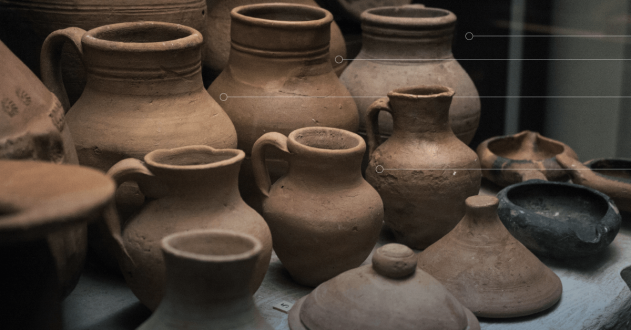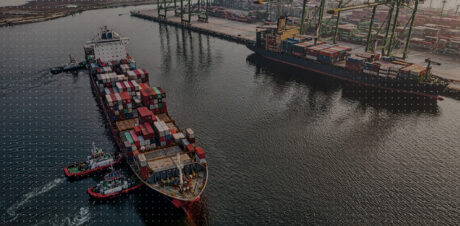It is hard to put an accurate value on the illicit art and antiquities market, but according to US Immigration and Customs Enforcement, selling illicit relics is the third most profitable wing of the black market, after drugs and weapons.
Given the levels of secrecy and the large sums involved, this part of the black market is particularly vulnerable to financial crime. The Financial Action Task Force (FATF) has warned that art and antiquities are susceptible to money laundering and terrorist financing. They have also been used for sanctions and tax evasion.
Conflict zones are prime locations for the looting and smuggling of antiquities, given the breakdown of state control and the proliferation of illicit actors. In recent years we’ve seen this play out particularly in the Middle East, a region rocked by numerous political and violent conflicts and with a uniquely rich archaeological history.
Why smuggle art and antiquities?
Given the importance of these historic cultural items, why is art and antiquities smuggling attractive to nefarious actors in the first place? There are several reasons why this black market theft operates as a vehicle for money laundering, some of which are listed here:
- These high-valued objects are physically portable, meaning they are ideal for smuggling over borders and stowing away.
- The art world is anonymous and opaque, with a longstanding culture of private transactions. In this vein of secrecy and privacy, intermediaries are also frequently used, often in the form of offshore companies. Naturally, this benefits criminals looking to use art and antiquities as vehicles for money laundering.
- Like real estate, art and antiquities are priced subjectively. Since the prices are easy to inflate and manipulate, criminals looking to use art and antiquities as vehicles for money laundering find this market to bean efficient means of laundering large sums at once.
- Cash is also common for purchasing art and antiquities, which makes transactions difficult to trace.
- Art and antiquities appreciate in value as time goes on, so criminals using them for laundering dirty money can minimize the amount of money lost during the laundering process.
What are common indicators of this crime?
Recent regulations regarding art and antiquities smuggling and its nefarious uses show how important it is for financial institutions to remain aware.
In Europe, the Fifth and Sixth Money Laundering Directives brought art market participants into the scope of anti-money laundering regulations for the first time. In 2020, the US adopted the Anti-Money Laundering Act, which expanded the definition of “financial institution” to include not only antiquities dealers themselves, but also intermediaries involved in sales and purchases.
With these new laws in place, financial institutions looking to do due diligence on their clients should keep a look out for the following red flags that could point to the use of art and antiquities as a vehicle for money laundering:
- Funds that have a footprint in high-risk jurisdictions known for art and antiquities looting
- Inconsistent paperwork or supportive documentation
- Evidence of an unusual transaction or extreme discount
- Purposefully obscured ownership or overly complex ownership structures
- The use of straw buyers, or individuals who buy antiquities or cultural objects on someone’s behalf only to sell them back
- Hugely inflated prices out of line with market rates or guide prices
To gain a deeper understanding of art and antiquities smuggling risk and how to minimize your organization’s exposure to this type of illicit financial activity, read our latest ebook.



